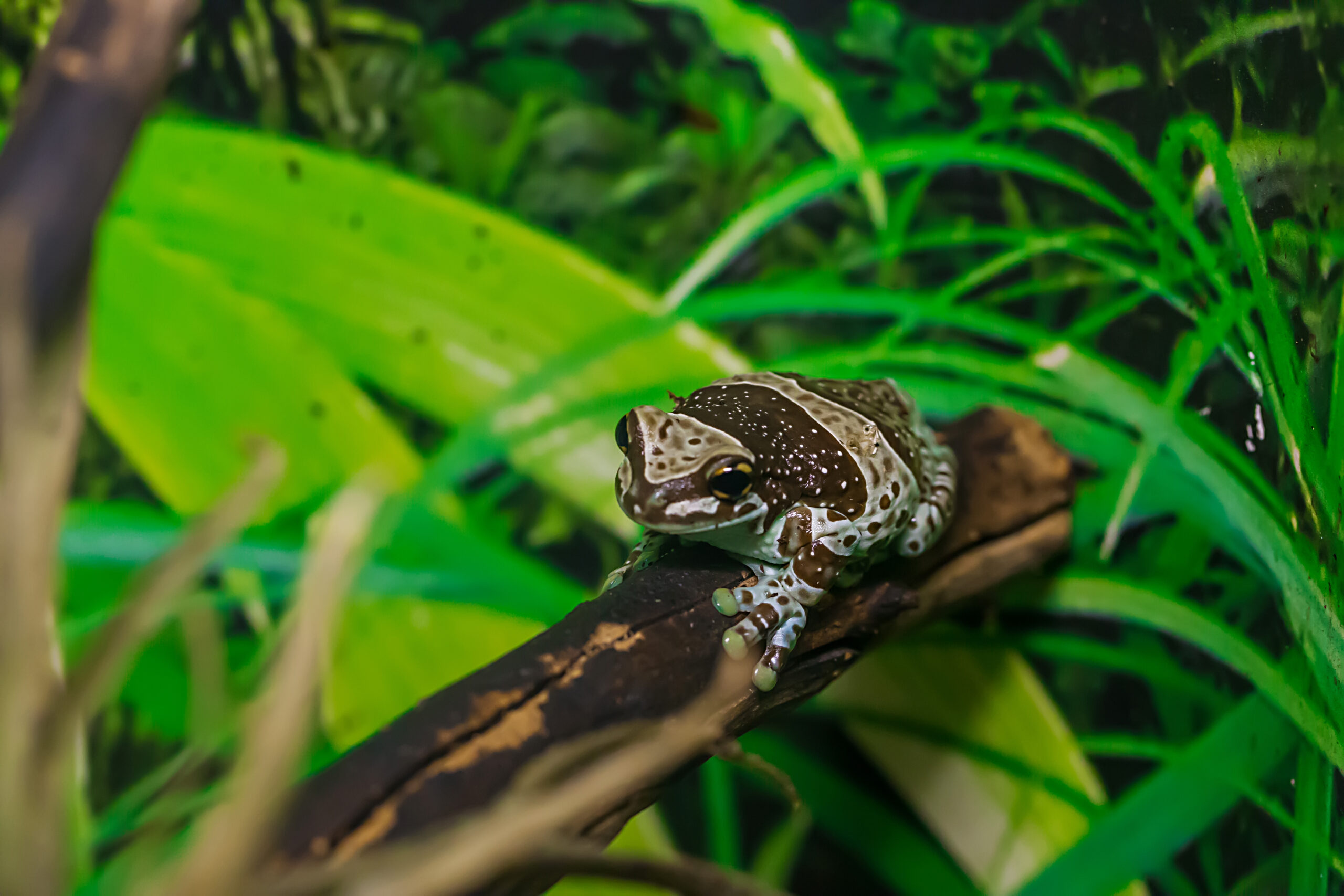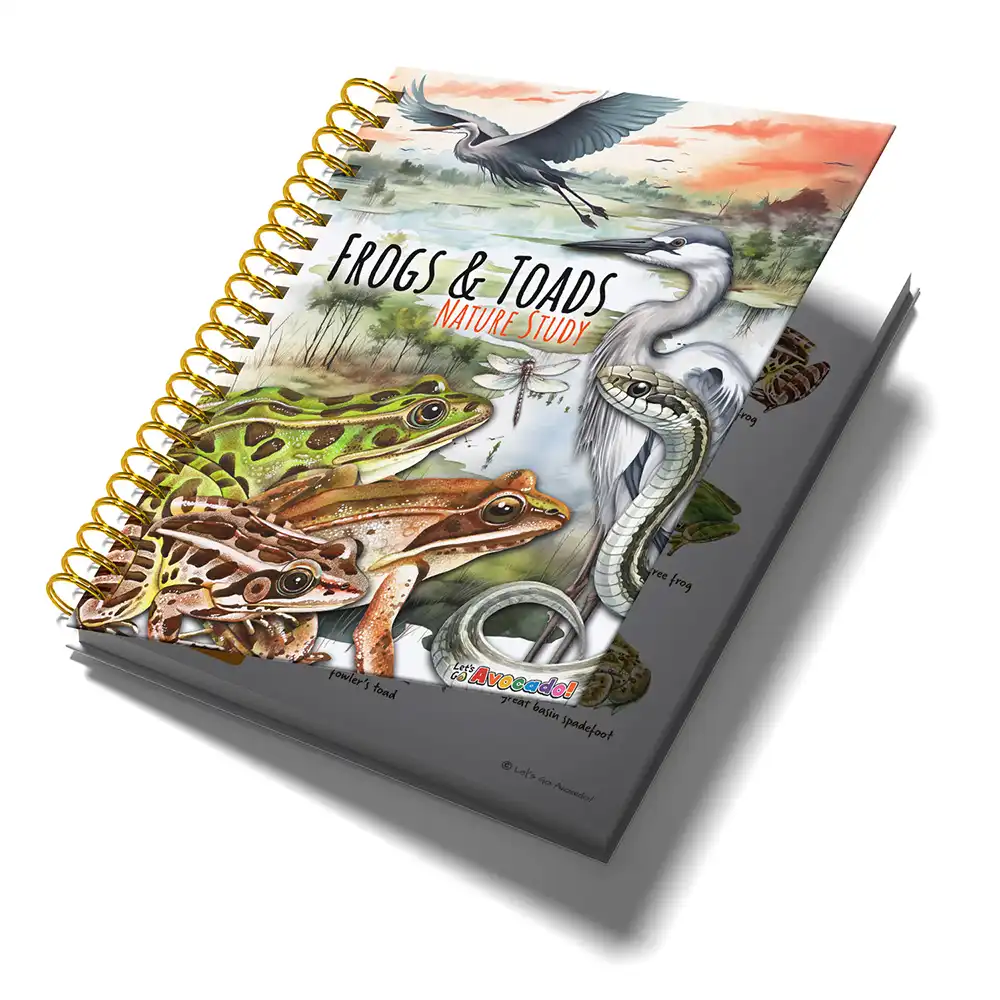This page may contain affiliate links.
Read our disclosure and privacy policy here.
After going through the incredible process of metamorphosis, where tadpoles transform into froglets and toadlets, these young amphibians face a set of unique challenges. At this stage, they have left their aquatic homes and ventured onto land, which requires them to adapt to a whole new environment. One of the main challenges is finding a suitable habitat with enough food, shelter, and water to survive. Froglets and toadlets are also small and vulnerable, making them easy prey for predators. They must navigate their surroundings and develop strategies to avoid danger. They also need to learn how to hunt for food and find their place in the ecosystem. It’s an exciting but challenging time for these young amphibians as they explore their new world and learn to overcome obstacles.
Table of Contents
The 5 Incredible Challenges Faced By Froglets And Toadlets After Metamorphosis
The First Challenge: Predators
Froglets and toadlets are small and vulnerable to predators, including birds, snakes, fish, and other amphibians. They must quickly develop survival strategies such as camouflage, jumping ability, and hiding in vegetation to avoid being preyed upon.
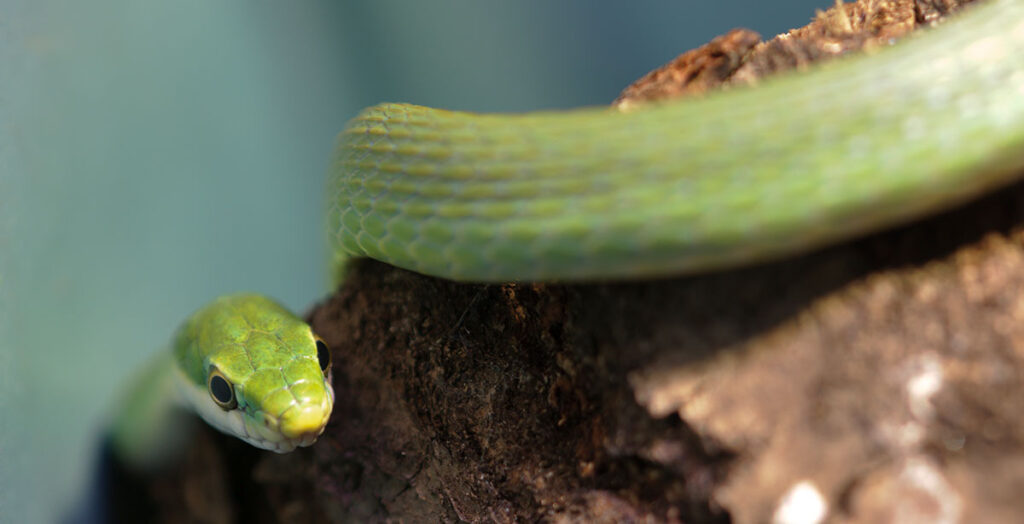
Snakes are a incredibly dangerous predator for frogs and toads. They are virtually silent, and can stripe at incredible speeds.
The Second Challenge: Finding A Habitat
Froglets and toadlets need to locate appropriate habitats on land with access to water sources, such as ponds, streams, or wetlands. They may have to navigate unfamiliar terrain, encounter obstacles, and compete with other individuals for suitable living spaces.
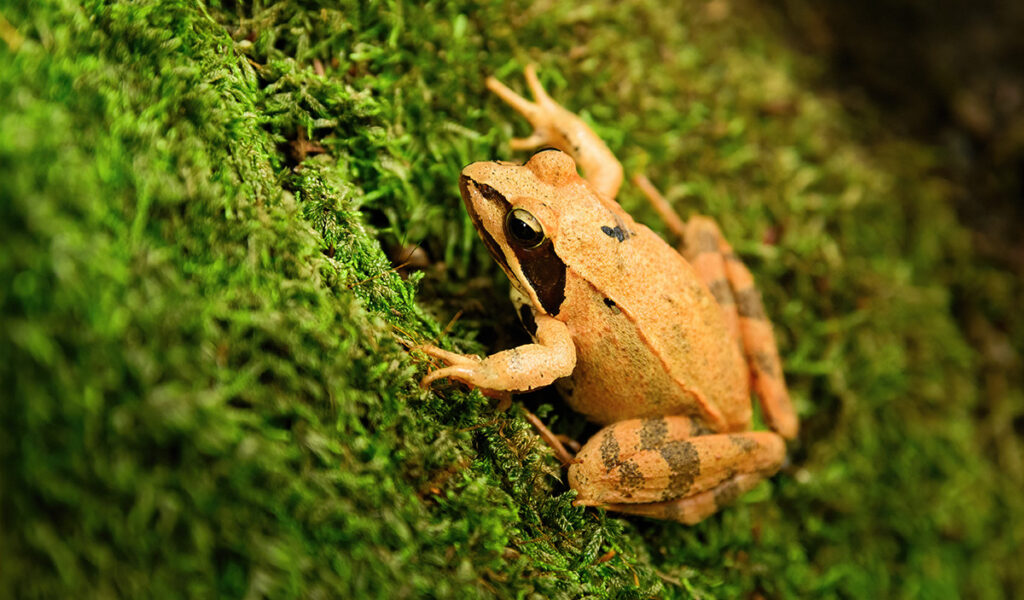
The search for a habitat can be a very dangerous journey for a young frog.
The Third Challenge: Finding Food
As they transition to a carnivorous diet, froglets and toadlets need to learn to catch and consume small invertebrates, such as insects, spiders, and worms. They must develop their hunting skills and adapt to feeding on land, which may require a change in diet and feeding strategies.
This is one of my dart frogs eating his breakfast! Froglets need to develop their hunting skills once they start the terrestrial portion of their lives. Dart frogs will drum the ground with their toes, sending vibrations through the leaf litter on the ground. These vibrations disturb the fruit flies and they start to move. As soon as they do, the frog can spot them, and gobbles them up!
The Fourth Challenge: Adapting To A New Environment
Froglets and toadlets must adjust to changes in temperature, humidity, and sunlight exposure when they move from the water to land. They need to regulate their body temperature and moisture levels to prevent dehydration and maintain their overall health.
This American Bullfrog is cooling off in the water on a hot and dry day. Amphibians are cold blooded, which means that their body is the same temperature as the air around them. Frogs need to be on the move frequently to keep their temperature and skin humidity in the ideal range.
The Fifth Challenge: Competition
Newly metamorphosed individuals may face competition from other froglets, toadlets, and even adult frogs and toads for limited resources such as food, shelter, and breeding territories. They must learn to navigate social interactions and establish their place within the ecological community.
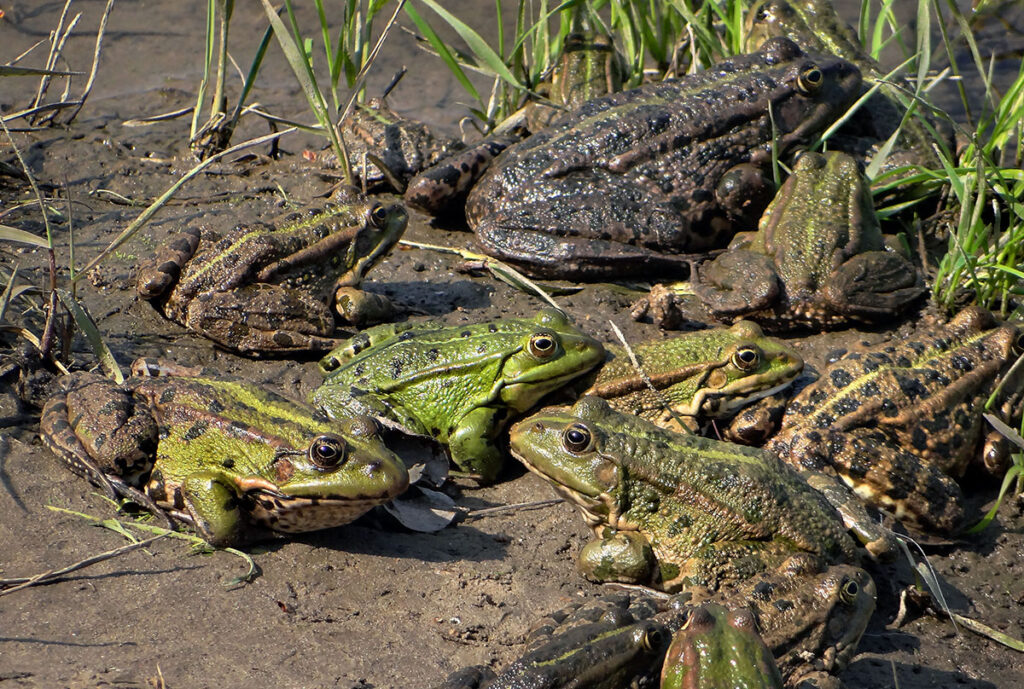
Young frogs and toads can face fierce competition for resources. Ecological imbalances can make things worse, by reducing food sources and appropriate habitats.
Overcoming these challenges are the key to a young frog’s survival. They need to be able to adapt to their new environment quickly. Those that cannot adapt will not make it far.

There’s a lot to explore right where we are, in our own neighborhoods and backyards! Join us while we get off the couch and explore the everyday wonders of nature, science, space, engineering, art, and anything else we stumble upon during on our adventures.


